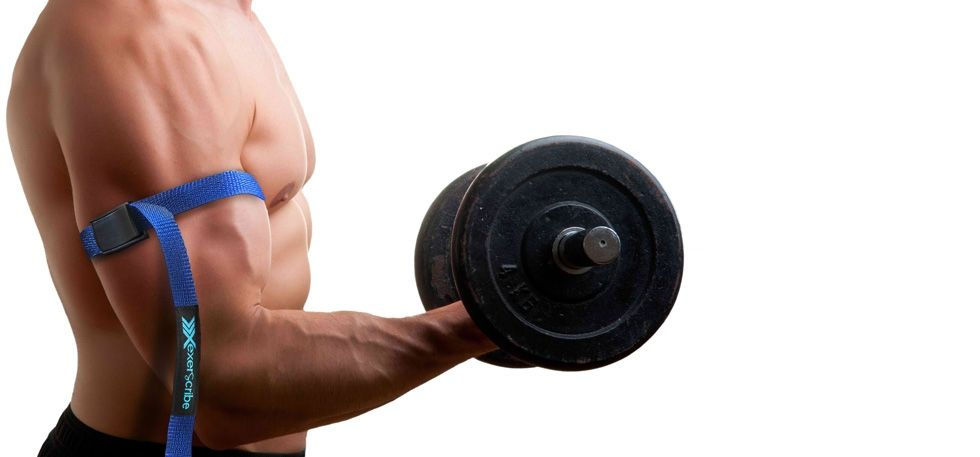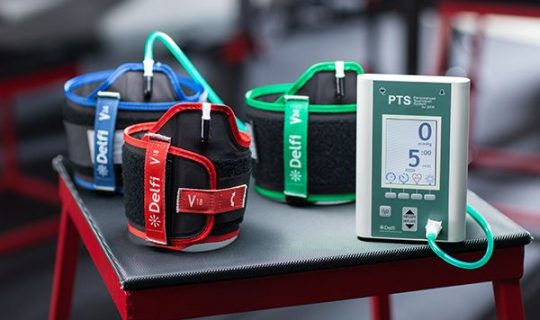
Muscle atrophy is common complications associated with many injuries and degenerative disorders affecting musculoskeletal system. Muscle weakness are common head ache even in post surgical rehabilitation. This muscle imbalances can lead to many complications such as loss of ROM, difficulty in ADL, difficulty in holding and lifting weight Balance and gate pathology when related to lower limb muscle weakness etc. Due to this possible complication loss of muscle strength became the major concern among rehabilitation professionals.
Many treatment protocols are available to strength weakened muscle. most of the studies suggest strength training at 70% 1RM as an ideal exercise intensity to induce muscle stregnth and mass. But there are many practical difficulties in prescribing high intensity exercise among injured or post surgical patients. Patients age ,gender and past medical history also are big risks while considering high intensity exercises. exercise at 30% of 1RM are relatively risk free among other exercise intensities, But it less effective in inducing muscle strength.

Blood flow restriction training is actually providing benefits of both above mentioned exercise intensities and it is relatively risk free exercise criteria.. giving exercise at 30% exercise intensity while restricting the blood flow to the affected area is producing muscle strength equal to the level achieved during high intensity exercise at 70% Level.
In BFR the arterial flow is partially restricted and venous flow is completely restricted to produce a mechanical stress in the target muscle and these muscles are activated at 30% intensity level. In these situation concentrations of anabolic hormone level increases, and results increased protein metabolism and muscle hypertrophy. Exercising in hypoxic environment by restricting Blood flow using a tourniquet create the effect of high intensity exercise. Tourniquet is usually placed above the muscle to restrict blood Flow. BFR is very effective in patients who cannot exercise at higher intensity.
Identifying the correct tension level is very important in BFR training. And it depends upon many factors such as age, gender, physical inactivity ,Occlusion pressure, limb circumference. Arterial limb occlusion pressure must be calculated using the SBP and Tissue padding coefficient (KTP) .
AOP = [SBP +10]/KTP
Tourniquet pressure should be calculated by adding 20 mm/Hg
TP = AOP + 20 mm/Hg

Calculating the Tourniquet pressure using the lower limb occlusion level is also common among practitioners 40% of LOP will create adequate mechanical stress. increasing the pressure may create more effect, but it can't be tolerable to patients. choosing the ideal level of pressure and exercise is very important while doing the BFR training , while patient toleration level should be in great concern.
Prepared By

Dr. Athul Chandran (PT)
BPT,MPT( Ortho)
MIAP


Commentaires